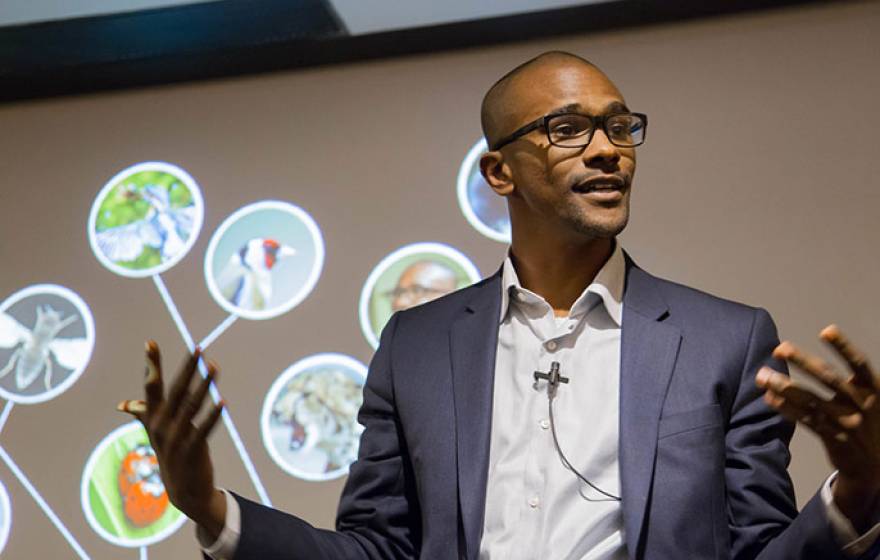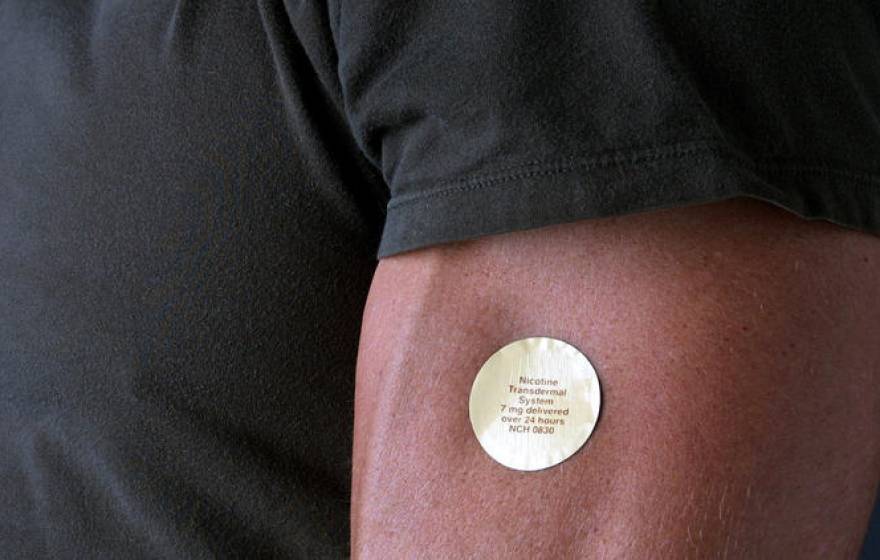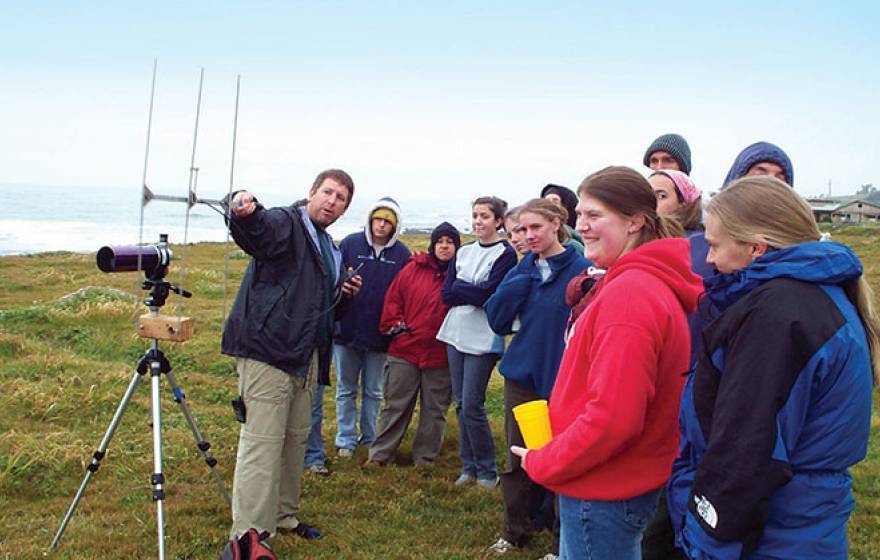The public dialogue about science is perhaps the most vital and most fraught national conversation not taking place in our country, and the ramifications are profound.
Why more scientists are needed in the public square
Cleaning water one stroke at a time
Engineering team wins an international design competition for creating a swimsuit that cleans water as people swim.
How the UC system is making patents pay off
Hepatitis B vaccine, the nicotine patch, the tasty Camarosa strawberry: Those patented innovations have earned UC, and the faculty who developed them, more than $500 million.
UCSF researcher unveils promising new drug for MS patients
Late-phase trials found that the drug greatly reduced symptoms for progressive multiple sclerosis as well as a more common form of the disease.
Study reveals key structure in telomerase enzyme — target for cancer drugs
Over-activation of telomerase in most malignant tumors has made the unusual enzyme a prime target for drug development efforts.
A classroom without walls
Course on ecology and conservation takes students from across UC out in the natural landscape.
‘Black’-sounding name conjures a larger, more dangerous person
People envision an unknown ‘black’-named character in similar ways to an unknown ‘white’-named male convicted of assault.
Predictive policing test substantially reduces crime
Results of months-long project in Los Angeles suggest method could succeed in cities worldwide.
UC San Diego ranks first in U.S. in environmental science
Nature's rankings are based on the collective contributions of the university's faculty in major scientific journals.
Leading thinkers address polar region changes
Global climate change’s impact on the poles will be focus of an upcoming meeting hosted by Scripps Institution of Oceanography and the American Polar Society.
High tech health gives hope to sick and injured
San Diego County has become a hotbed of medical innovation, led by UC San Diego and other institutions.
DOE selects UC to lead U.S.-China energy and water consortium
Berkeley, Irvine, Berkeley Lab, Davis, Merced and UCLA join forces in multi-million dollar effort to tackle water-related aspects of energy production and use.









